Maruti Alto 800 review, test drive
Maruti’s new Alto is an even better offering than before. We bring you a detailed road-test review.
Published on Feb 13, 2013 05:31:00 PM
1,32,997 Views
Follow us on
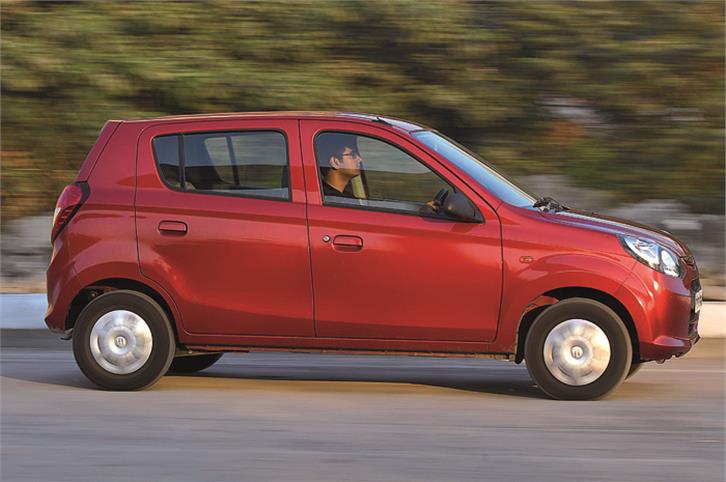


The Alto 800 continues to be powered by the small 796cc, three-cylinder primitive F8D motor, but in this latest avatar, it has been significantly improved. The compression ratio has been bumped up, which also improves performance. Although increase in power over the earlier engine is marginal, torque is a significant 11 percent better.
A new plastic inlet manifold not only lowers the engine weight, but also improves gas flow, and hence, volumetric efficiency. The connecting rods and crankshaft have been significantly lightened as well and new, low-friction piston rings have been used, which in turn increases engine life. There’s also a faster 32-bit processor and this engine is future-proof for BS5 norms too.
The first thing you realise when you set off in traffic is that this motor is much more free-revving than the older one. It makes the Alto feel light and agile to drive. The car’s throttle responses have improved drastically and it pulls well from most engine speeds. The engine is much more flexible and thanks to this, the Alto now feels at home on the highway too. Overtaking is much easier and it needs only a shift or two to accelerate with gusto.
Where the old motor used to feel strained in the mid-range, the now heavily upgraded one feels relaxed and has an adequate reserve of power on tap. However, the motor isn’t perfect. It gets thrummy after 4000rpm, and has an annoying tendency to jerk when negotiating stop/start traffic as the three-cylinder motor doesn’t run smoothly. It also has an unsettled idle that makes the cabin shudder.
Performance figures here are quite impressive. A flat-out sprint to 100kph will take a very impressive 16.92sec, which is a whopping 3.5sec faster than the old engine. Thanks to good top-end performance, it will reach a respectable top speed of 141kph. In-gear acceleration too is much improved. The 20-80kph now takes 13.16sec and 40-100kph takes 22.29sec, which again is much quicker than the old 796cc engine.
Copyright (c) Autocar India. All rights reserved.

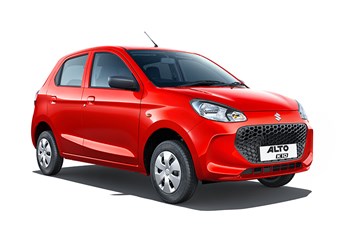
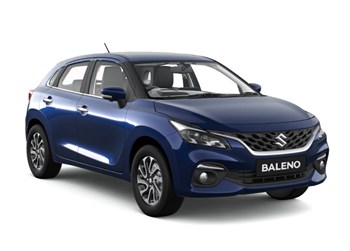
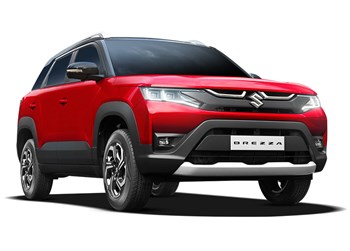

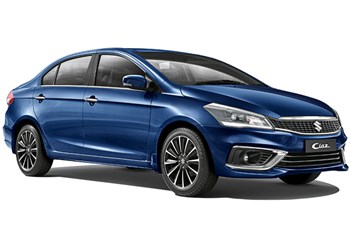


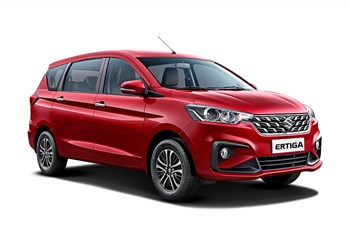
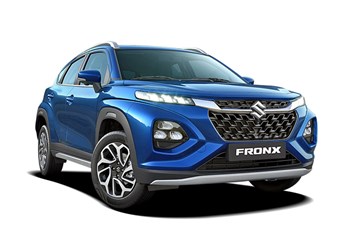
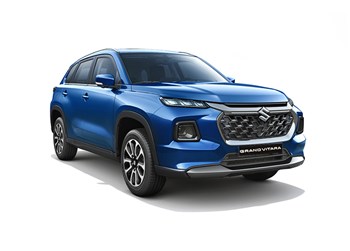
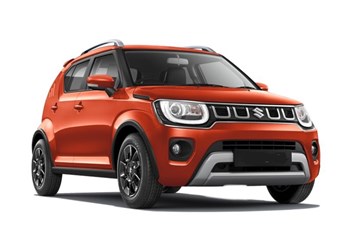
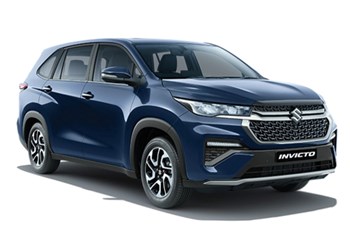


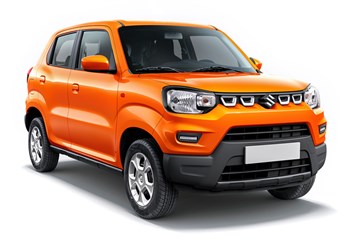
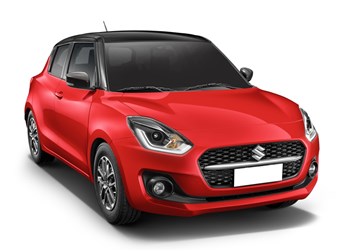
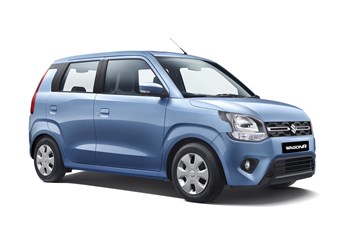
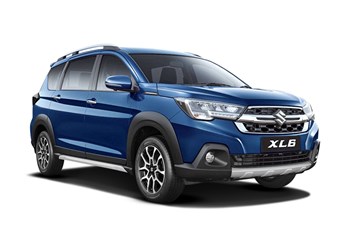




Comments
Member Login
Personal Details
No comments yet. Be the first to comment.